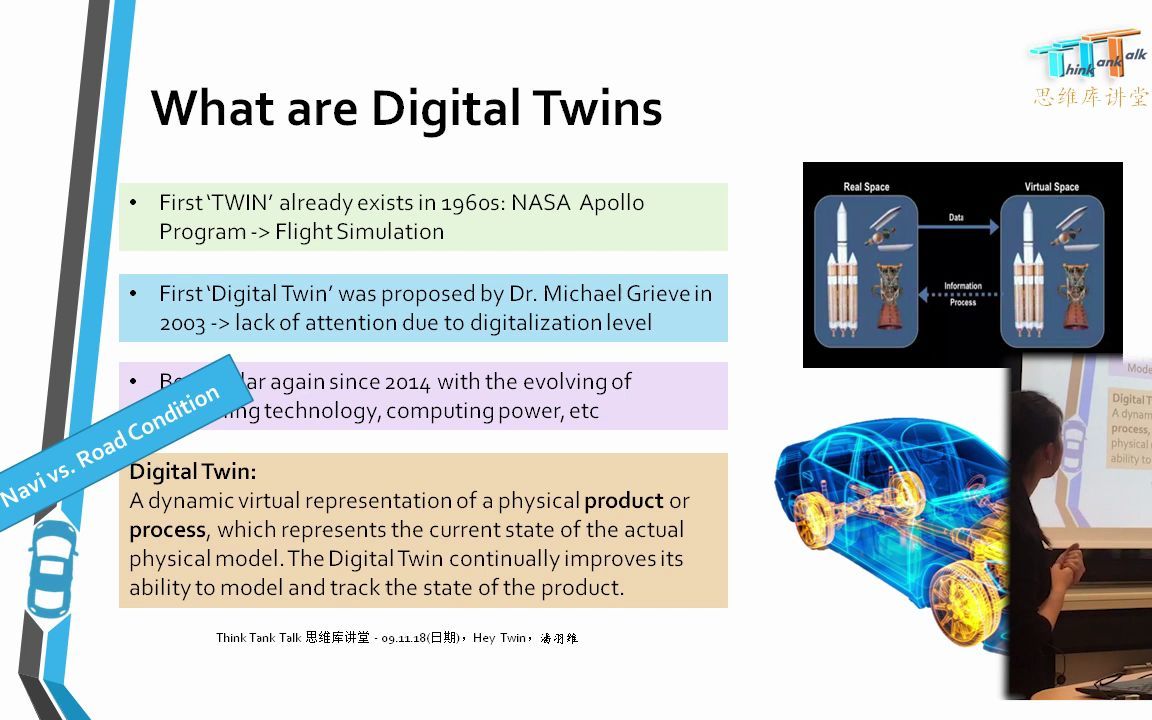|
Gesture recognition is a cutting-edge technology that has gained significant traction in recent years. It paves the way for a new era of human-computer interaction by enabling devices to interpret and respond to human gestures. This technology holds tremendous potential across various industries, from gaming and virtual reality to healthcare and automation. At its core, gesture recognition involves the identification and interpretation of human movements or gestures using computer algorithms. The goal is to mimic the human ability to understand and respond to non-verbal cues, such as hand gestures, body movements, or facial expressions. By capturing and analyzing these gestures, machines can recognize user intentions and translate them into meaningful actions. One prominent application of gesture recognition is in the field of gaming. With the advent of motion-sensing devices like Microsoft's Kinect and Sony's PlayStation Move, gamers can now immerse themselves in a virtual world and control characters using natural movements. These systems employ depth sensors and cameras to capture the player's gestures, allowing for a more intuitive and engaging gameplay experience. Beyond gaming, gesture recognition has found utility in healthcare settings. Surgeons can use gesture-controlled interfaces to navigate medical imaging data without the need for physical contact, minimizing the risk of contamination during procedures. Similarly, therapists can leverage this technology to design interactive rehabilitation programs that encourage patients to perform specific movements for recovery. In the realm of automation, gesture recognition offers a hands-free alternative for controlling various devices. Imagine walking into your smart home and effortlessly adjusting the lights, temperature, and entertainment system with a simple wave of your hand. This technology eliminates the need for physical switches or remote controls, providing a convenient and futuristic user experience. However, the development of robust gesture recognition systems does come with its challenges. Accurately interpreting complex gestures, dealing with varying lighting conditions, and differentiating between intentional and unintentional movements can be demanding. Researchers and engineers continuously strive to improve algorithms and sensor technologies to enhance gesture recognition accuracy and reliability. Looking ahead, gesture recognition holds immense potential for revolutionizing human-computer interaction. As the technology continues to advance, we can expect more seamless integration of gestures into our daily lives, making interactions with technology more intuitive and natural. From virtual reality to smart homes, healthcare to automation, gesture recognition is poised to bridge the gap between humans and technology, unlocking a world of possibilities.  |
